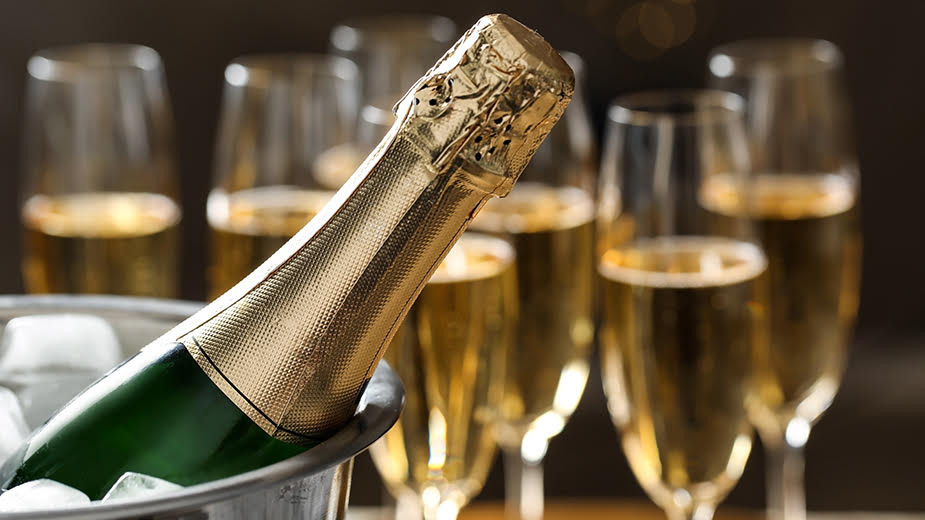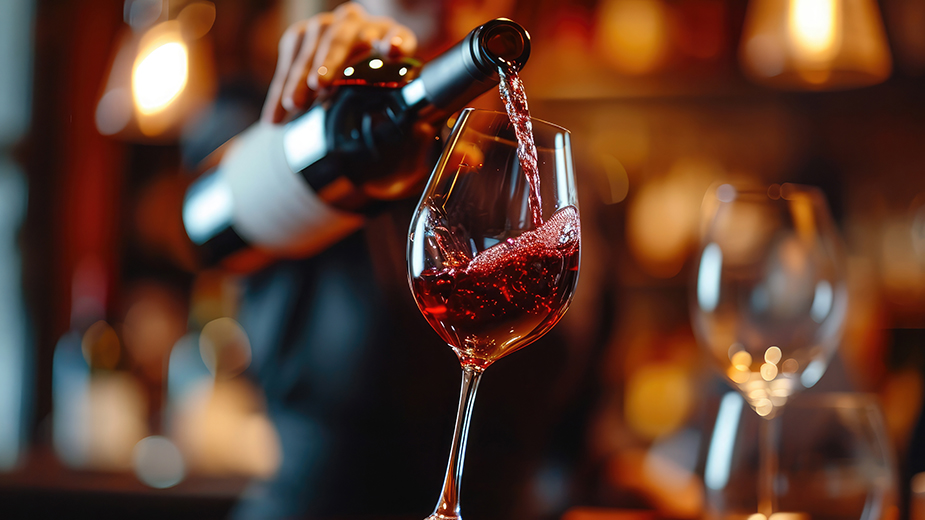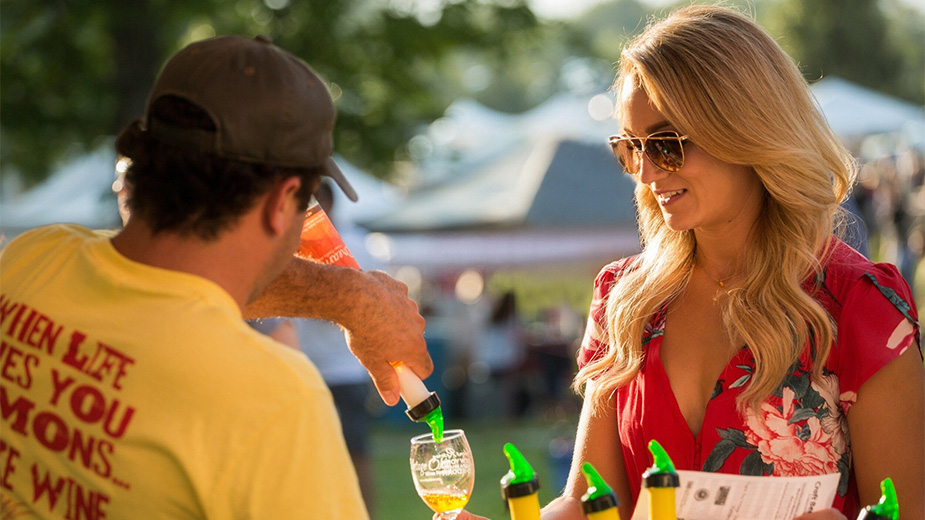Tips and Tidbits for Drinking Champagne
By Donniella Winchell
Executive Director, Ohio Wine Producers Association
If you pour true champagne, it will be a product of the Champagne region of France, made using a specific combination of wines (chardonnay, pinot noir and pinot meunier) and produced under strict rules established by the French government.
Technically, at least as far as the French go, all other bubblies should be called “sparkling wines.” They may be made using the same techniques with the same grapes, but as long as they are not a product of France, they cannot be called champagne.
In Germany, such sparkling wines are called Sket; in Italy, Spumante; and in Spain, Cava.
All high-quality sparklers are made using “methode champenoise” production techniques where the effervescence (carbon dioxide) is produced naturally in the bottle using a secondary fermentation; less expensive sparklers will be made when large tanks are injected with carbon dioxide using a method called “charmat.” The smaller the bubbles, the more likely the wine is made in the traditional French style.
Terms describing the various levels of sweetness sometimes are very confusing. “Sec” means “dry” in French, but in winemaking circles, “demi-sec” means the wine is quite sweet; “sec” means it will be less sweet, but “brut” is dry.
The corks are interesting too. When you pop a more expensive bottle, the cork will be mushroom shaped. However, on the bottling line, when that piece of bark went into the bottle’s neck, it was straight. The pressure from inside forced the cork up into the wire cap until the traditional contour was formed. For moderately priced charmat bottles, a plastic cork molded to look like a mushroom is the most common closure.
Bottles used for all wines with effervesce are also different. Since the pounds per square inch can exceed 90 in methode champagnoise styles, the glass walls are much thicker and the bottom has an indentation to help serve as a pressure valve.
When opening a bottle of any sparkler, first be sure to chill it thoroughly. Opening a too-warm bottle will result in a minor volcano of fizzy liquid all over the table.
And with all that pressure behind the cork, you do not want to send a lethal weapon across the room. According to the Champagne Trivia website, the longest recorded Champagne cork flight was 177 feet and 9 inches.
Bring the cold bottle to the table, carefully remove the wire hood, put a hand over the cork, tilt the bottle away from any nearby guests or good china and slowly turn the bottle while securely holding the cork immobile. You will still enjoy the “pop,” and all the liquid will get into your glasses.
When selecting appropriate glasses, choose tall, slender styles. These will allow the bubbles to dissipate more slowly, and the elegant shape will contribute a bit of panache to your meal.
Be sure to avoid the old Some Like It Hot/Marilyn Monroe-style saucers. While they purportedly were created by the French to commemorate upper torso of Marie Antoinette’s anatomy, they are very inappropriate as glasses for these elegant wines.
For more information, email [email protected].
Published by The Business Journal, Youngstown, Ohio.



